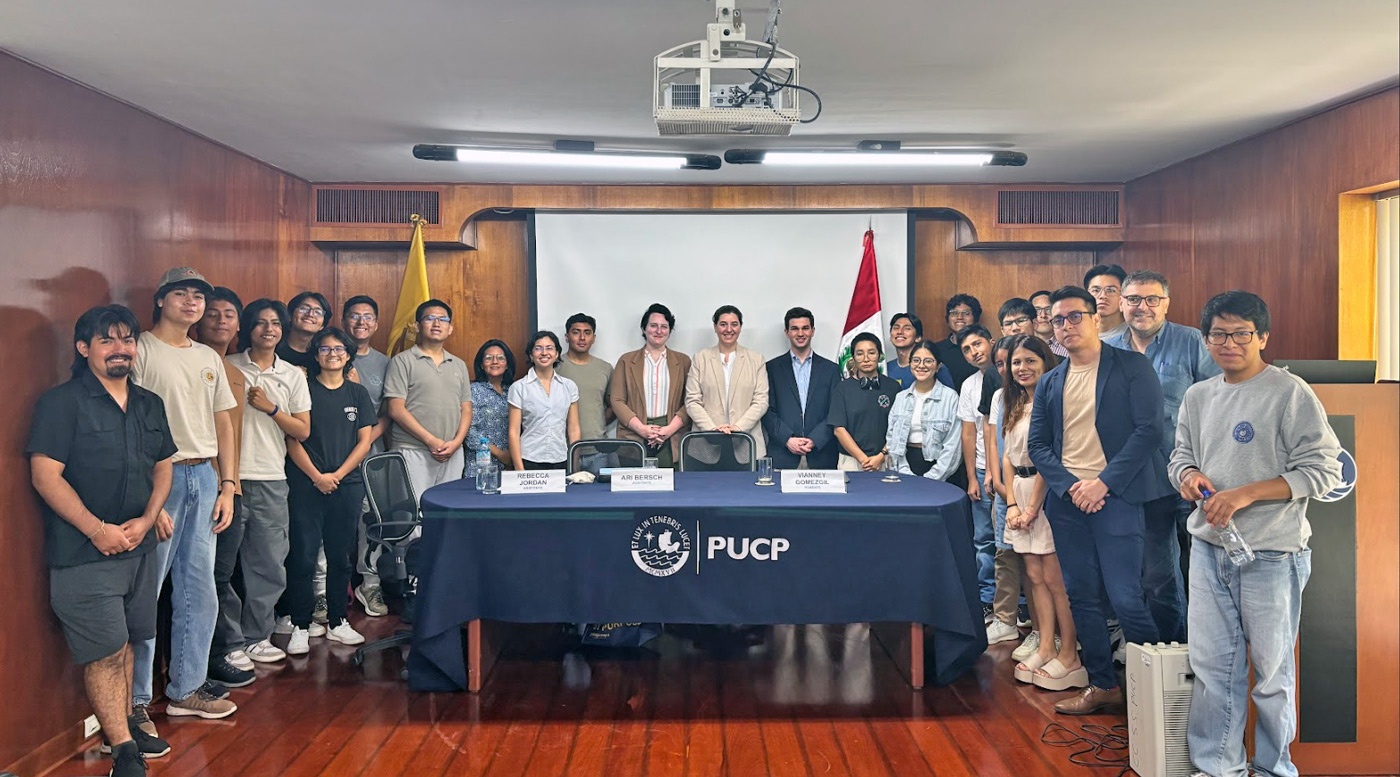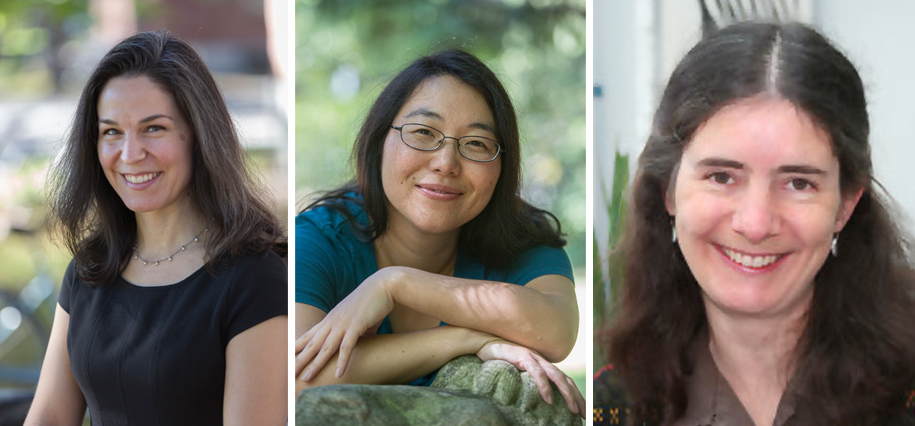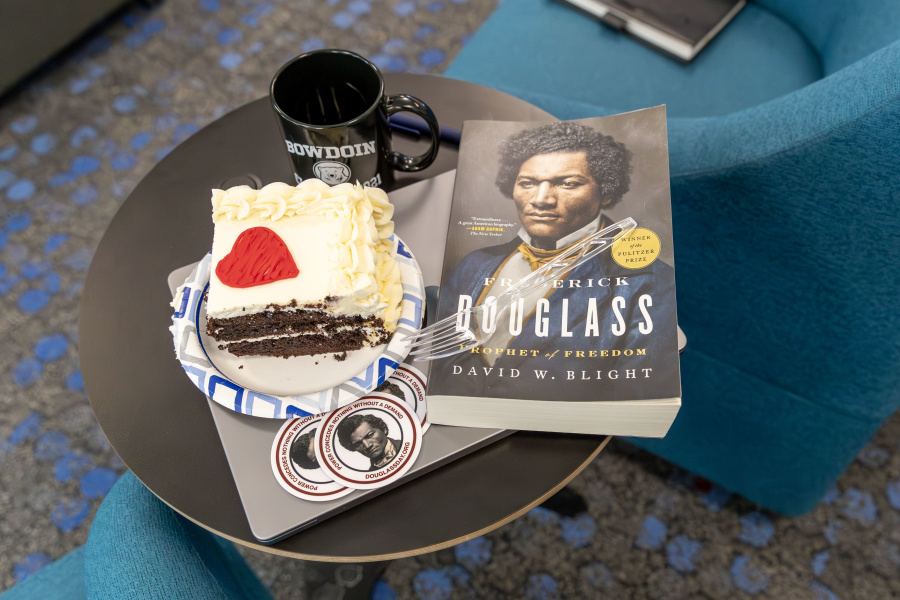A Closer Look at the Close-Up
By Tom PorterMore than six decades after it first hit the screen, The Defiant Ones still packs an emotional punch, said Courtney Burnett ’26. The 1958 movie tells the story of two escaped prisoners— one Black and one white—who are shackled together and on the run.
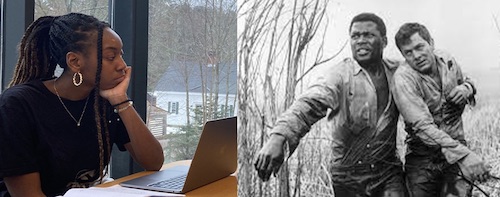
The twin protagonists, played by Sidney Poitier and Tony Curtis, are forced to overcome their racial antipathy and cooperate in order to survive.
“The movie has aged well,” said Burnett, impressed by the ways in which the camerawork conveys the racial tension and power dynamics between the leading actors. “You often see medium close-ups when the two are disagreeing,” she explained, but when the characters begin to develop more empathy with each other, she noticed how director Stanley Kramer emphasizes this with full close-up shots, typically framing the head and shoulders of the subject.
Burnett is one of four student interns helping Associate Professor of Romance Languages and Literatures and Cinema Studies Allison Cooper in a recently launched grant-funded initiative supported by the Mellon Foundation. The fifteen-month project—“A Digital History of the Close-Up in Narrative Film and Television”—is a collaboration between Bowdoin College and the University of Rochester and involves compiling and analyzing an extensive database of moving picture close-ups.
The $100,000 grant is being awarded through the Mellon Foundation’s Public Knowledge Program, which “supports the creation and preservation of the cultural and scholarly record—vast and ever-expanding—that documents society’s complex, intertwined humanity.”
Why the close-up?
“It’s just a really powerful technique,” said Cooper. The close-up is one of the most expressive and impactful forms of expression used in narrative cinema and television, she explained, often used to highlight a particular object or a character’s emotional state, and as such is an obvious aspect of film language to scrutinize.
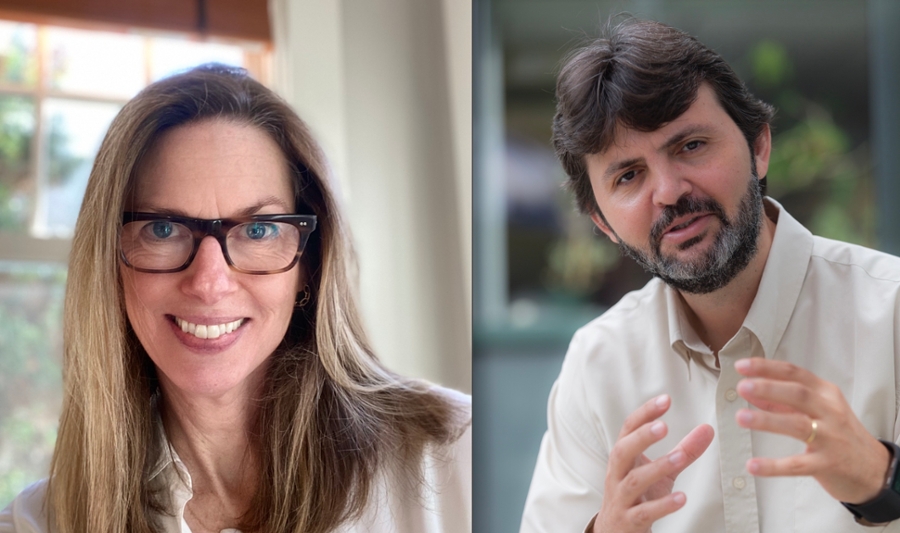
Also involved in the project is Assistant Professor of Digital and Computational Studies Fernando Nascimento, who already collaborates with Cooper on Kinolab, a digital humanities project aimed at assembling the largest online repository of narrative movie and television clips and “a great tool for learning.”
The work at the University of Rochester is being led by Associate Professor of English and Visual and Cultural Studies Joel Burges and his team of student curators plus several staff members. Burges is the principal investigator on Mediate, a digital annotation tool and ideal platform for logging time-based notes from film and television clips.
The student curators at both institutions will be using Mediate to annotate their clips, although the eventual aim is to have all the material available in both Mediate and Kinolab, said Burges. “Although the two platforms have different orientations—Kinolab is a public-facing repository of film and television clips, and Mediate is a research-based platform for time-based annotation—they are highly complementary. In fact, we hope eventually to make them interoperable,” he explained, enabling users of both platforms “to observe patterns in storytelling, sound design, and visual decisions.”
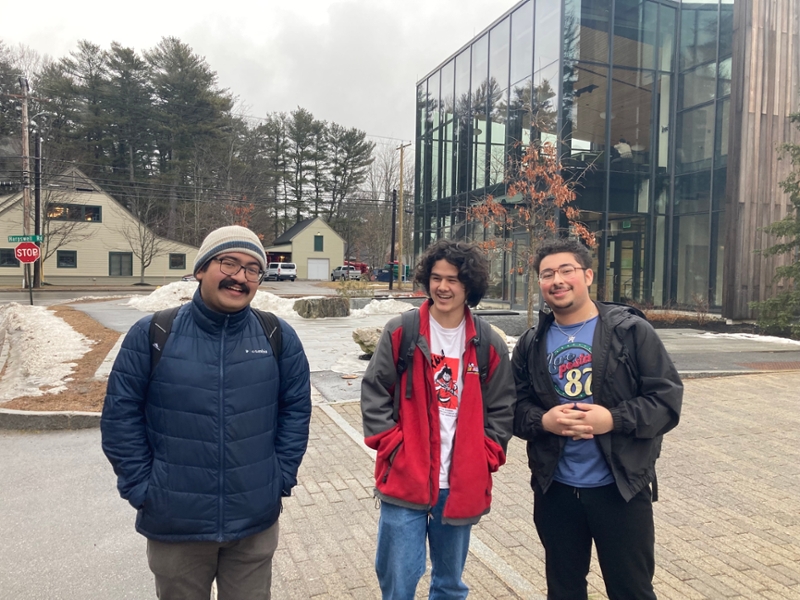
This semester, the students are pulling hundreds of clips between them. Each of these clips, which are generally between one and ten minutes in length, will contain multiple close-ups from a selection of movies and TV shows from 1950 onward. “We chose 1950 as the start date because that’s when television started to be ubiquitous in the US,” said Cooper. “It’s the first moment in which it becomes useful to start collecting a lot of data to make comparisons across the two media.”
In their peer-reviewed annotations, students will pay particular attention to the role of race, ethnicity, gender, and sexuality in the United States, behind the camera as well as in front of it. “Ideally,” Cooper explained, “the end result will be a deep collection of clips from American film and television representing BIPOC and LGBTQ characters that can be analyzed along different axes of information relating to film language, making it a real resource for students and scholars going forward.”
The Digital Millennium Copyright Act
Apart from enabling greater insight into issues such as the marginalization of Black characters in certain genres, the project has another aim—to allow film scholars more leeway when it comes to using copyrighted material. This would be done through providing more exemptions to the Digital Millennium Copyright Act (DMCA), which protects the intellectual property rights of filmmakers and other content creators.
“Every three years, exemptions to the DCMA are reviewed, and the overseers at the Library of Congress decide whether to expand or to narrow those exemptions,” said Cooper. “A lot of the data we’re gathering right now would typically be inaccessible because of ‘technological protective measures,’ as they’re known.” Cooper and her colleagues are allowed to circumvent those measures for the purposes of this study under current exemptions to the DMCA, which give film and media scholars increased access to motion pictures. “The point of this Mellon grant is to make a strong argument for text and data mining moving images at scale,” said Cooper, adding that “there are very few people in the world who do this kind of work, no doubt in part because of the chilling effect the DMCA has on this kind of innovative research.”
About the Andrew W. Mellon Foundation
The Andrew W. Mellon Foundation is the nation’s largest supporter of the arts and humanities. Since 1969, the Foundation has been guided by its core belief that the humanities and arts are essential to human understanding. The Foundation believes that the arts and humanities are where we express our complex humanity, and that everyone deserves the beauty, transcendence, and freedom that can be found there. Through our grants, we seek to build just communities enriched by meaning and empowered by critical thinking, where ideas and imagination can thrive. Learn more at mellon.org.
